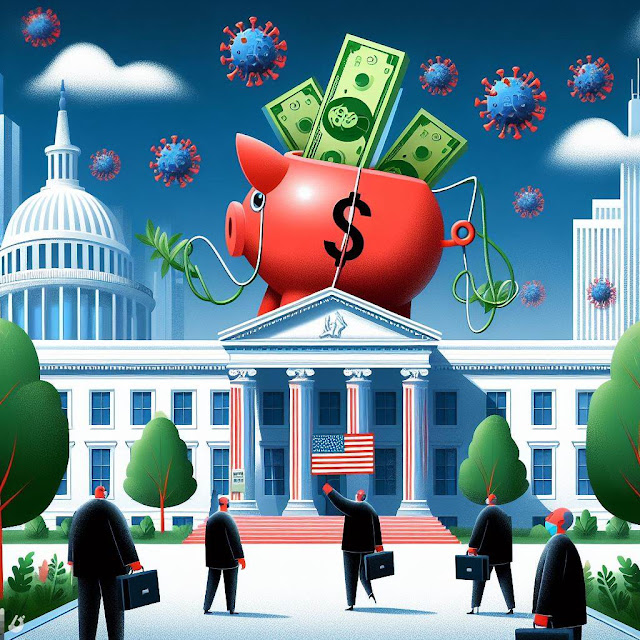In the wake of the COVID-19 pandemic, Americans experienced a significant boost in their savings due to reduced spending and increased government support. This surplus helped cushion the impact of rising prices, leading to concerns about a potential economic downturn. However, several factors indicate a more stable economic landscape.
Despite initial concerns, the persistent strength of consumer spending suggests a possible "soft landing" for the economy. Contrary to expectations, Americans have continued to spend robustly, partly due to accumulated pandemic savings. The exact amount of these excess savings remains uncertain, with estimates ranging widely.
While it's likely that many households have depleted their pandemic savings, particularly those in lower income brackets, it's worth noting that the majority of remaining excess savings are concentrated among the wealthier segments of the population. Moreover, higher wages have played a significant role in supporting consumer spending. The substantial wage growth, particularly among lower-wage workers, has helped individuals keep up with inflation without solely relying on their excess savings.
Another positive indicator is the increased satisfaction and confidence among American workers. While concerns about growing credit card debt and missed payments exist, it's not yet posing a macroeconomic threat, according to experts. Furthermore, borrowing habits have begun to slow down in tandem with inflation.
In conclusion, while certain economic indicators such as debt trends should be monitored closely, the overall picture is more positive than often portrayed. The current scenario, marked by increased wages and stable consumer spending, presents a more favorable recipe for financial stability compared to the reliance on one-time savings.

